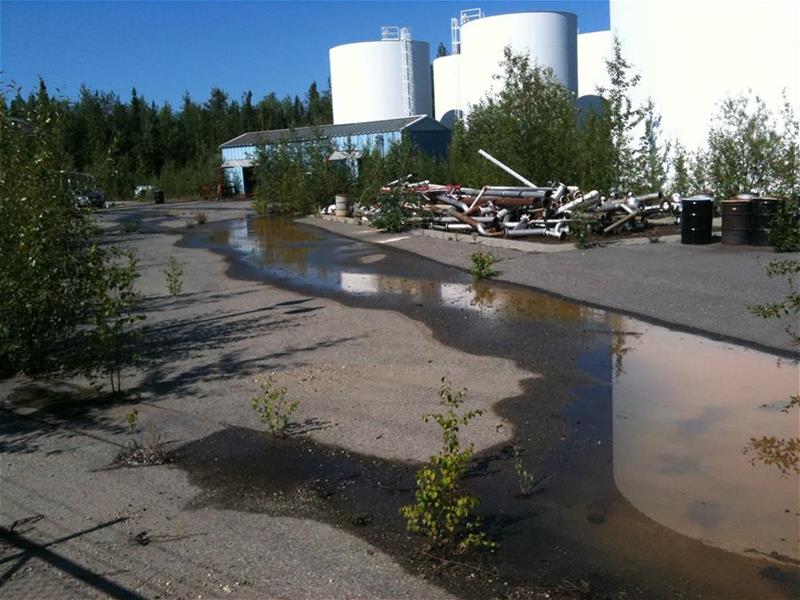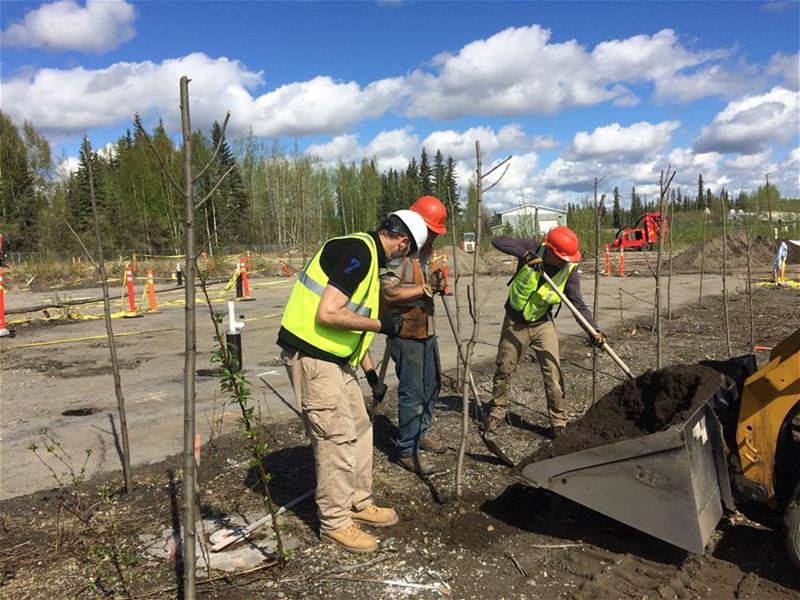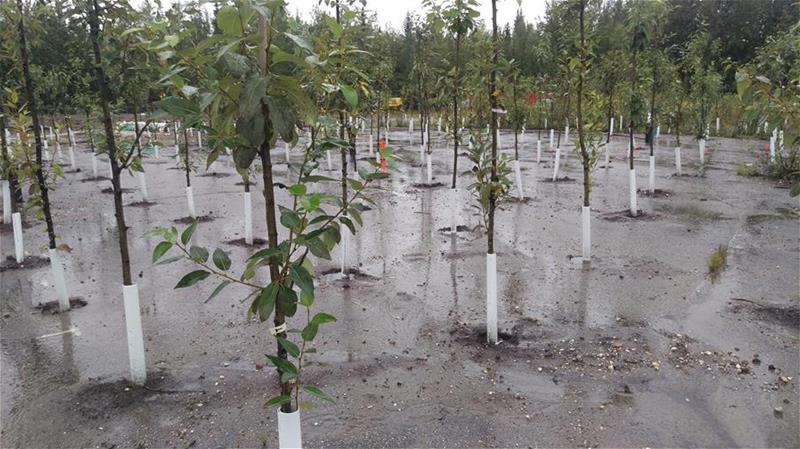Stakeholders across industries are demanding more from corporations in the environmental, social, and governance (ESG) space. The oil and gas industry is no exception, and companies within the sector have made strides in recent years to improve their ESG performance, including through sustainable remediation practices.
What is sustainable remediation?
Sustainable remediation is an approach to site remediation that considers how remediation activities impact environmental, economic, and social factors. A formal sustainable remediation program provides the overall benefit of remediation while minimizing unintended impacts from cleanup activities and meeting remedial objectives to protect human health and the environment. Applying a sustainable remediation approach often begins with a sustainability assessment.
What is a sustainability assessment?
A sustainability assessment identifies energy-intensive remedial activities that contribute the most to a project’s environmental footprint. Sustainability assessments can help long-term remediation projects move from traditional, energy-intensive techniques (e.g., dig-and-haul, pump-and-treat, boundary control) to more passive options (e.g., solar energy, phytoremediation, monitored natural attenuation) that achieve remedial objectives while reducing a project’s environmental footprint. Sustainability assessments involve measuring a project against several key performance indicators (KPIs).
A data-driven approach: Using the right sustainability metrics
Incorporating KPIs into remediation projects is not a new practice but is experiencing a revival as oil and gas companies endorse carbon reduction efforts. Historical project KPIs may have focused on reducing energy to save costs, for example, while today’s projects are being assessed across a variety of sustainability metrics. In other words, the approach to sustainability assessments has become increasingly sophisticated.
Standardized tools for performing tiered sustainability assessments now exist, allowing simple projects to be easily evaluated qualitatively, and complex projects to be evaluated qualitatively and quantitatively. By incorporating a data-driven focus to project assessments and site cleanup progress, sustainability assessments lead clients to an understanding of each remedial activity’s environmental impact, resulting in improved remedy effectiveness and reduced use of resources.
Sophisticated sustainability assessments evaluate projects against the following performance metrics:
- Air emissions, including greenhouse gas emissions
- Energy use
- Material consumption
- Water use
- Waste generation and disposal
- Stakeholder inclusion
- Safety performance
Sustainability assessments: A win-win approach
By reducing a project’s environmental footprint, clients can realize hundreds of thousands of dollars in cost savings over a project’s life. Project stakeholders (e.g., regulators, local communities) can also benefit from sustainable remediation practices. Stakeholder engagement can influence others to consider sustainable alternatives within the client company and regionally at other project sites. For example, the success of phytoremediation at one site has led the Alaska Department of Environmental Conservation to advise other responsible parties to evaluate phytoremediation, especially at remote sites where a passive/green remedial approach can reduce a project’s carbon footprint by eliminating unnecessary site visits.
That’s a win-win for everyone.
 |
| Before sustainable remediation practices were applied, a project site consisted of dilapidated aboveground infrastructure. |
 |
Following a sustainability assessment, over 600 native balsam poplars were planted to remove and degrade petroleum impacts. Phytoremediation provides for transition to passive remediation and hydraulic control at the source area. During planting, state regulators were invited for a site walk to learn about the benefits of phyto technology. |

|
| The trees were inoculated with specific endophytic bacteria to promote growth and increase contaminant degradation rates. Tree survival stands at ~90% with replanting in key areas scheduled in 2023. |
Interested in transitioning your remedies to more sustainable approaches? Let’s connect!
Trihydro works with clients to develop sustainability assessment tools to achieve cost savings and reduce environmental footprints on remediation projects. Trihydro also engages external stakeholders to collaborate on sustainable remedies and other social engagement opportunities within project communities, which helps projects transition to more passive remedial technologies. Learn more about our environmental remediation services and connect with us if you are interested in discussing sustainable remediation options at your site.
